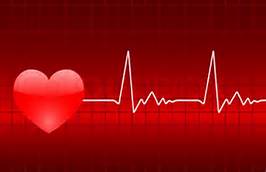Top 10 key takeaway points of the report of the American College of Cardiology Solution Set Oversight Committee for the diagnosis and management of myocarditis: 1. Be aware of the 3 classic presentations of myocarditis: chest pain, heart failure/shock, and/or symptoms related to arrhythmia (eg, presyncope or syncope), especially in a young person with the history of an antecedent viral infection, or other risk factors. 2. High-sensitivity cardiac troponin (hs-cTn) is a common diagnostic test in patients with suspected myocarditis; however, some patients with myocarditis will not have an elevated hs-cTn. 3. Cardiac magnetic resonance (CMR) imaging often allows the noninvasive diagnosis of stage B or symptomatic myocarditis. Endomyocardial biopsy is warranted to diagnose specific conditions that require etiology-directed therapies. 4. A novel 4-stage classification of myocarditis is proposed. Stage A refers to those having or being exposed to risk factors; stage B to those asymptomatic but with evidence of myocardial inflammation; stage C to those with symptomatic myocarditis; and stage D to those with advanced myocarditis (hemodynamic or electrical instability requiring intervention). 5. Research is needed to define the trajectories of the 4 stages of myocarditis and what explains the variable rates of progression and improvement among patients. 6. Risk stratification in patients with symptomatic myocarditis. 7. The follow-up of patients with myocarditis does not end after 2 to 3 weeks, even with resolution of symptoms. Two cardiac imaging studies (echocardiogram and/or a CMR) are advised during follow-up. 8. Given the increasing recognition of genetic predisposition to myocarditis, genetic counseling and testing is advised and discovery of a pathogenic variant should be followed by cascade screening of family members. 9. Safety for return to strenuous physical activity is guided by a follow-up CMR, 24-hour monitoring for arrhythmia, and exercise testing, typically 6 months, can be as early as 3 months after diagnosis. 10. Further research on a wide range of factors is needed. Source: https://www.jacc.org/
